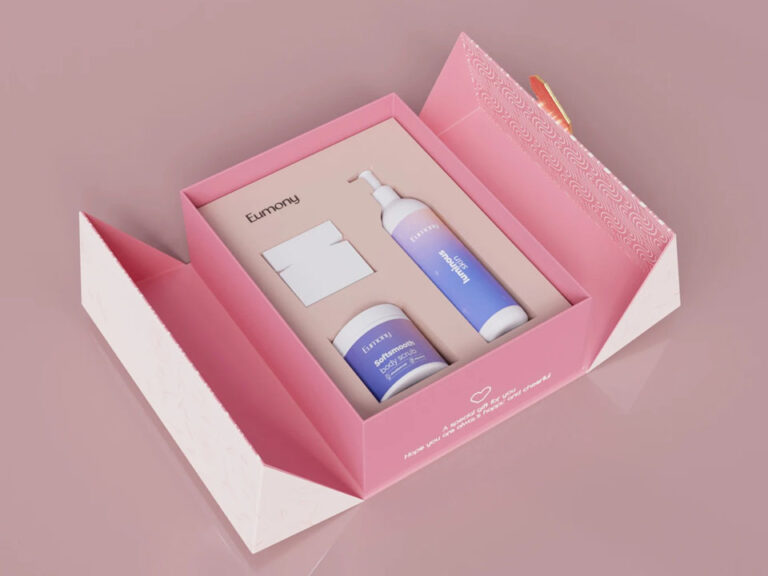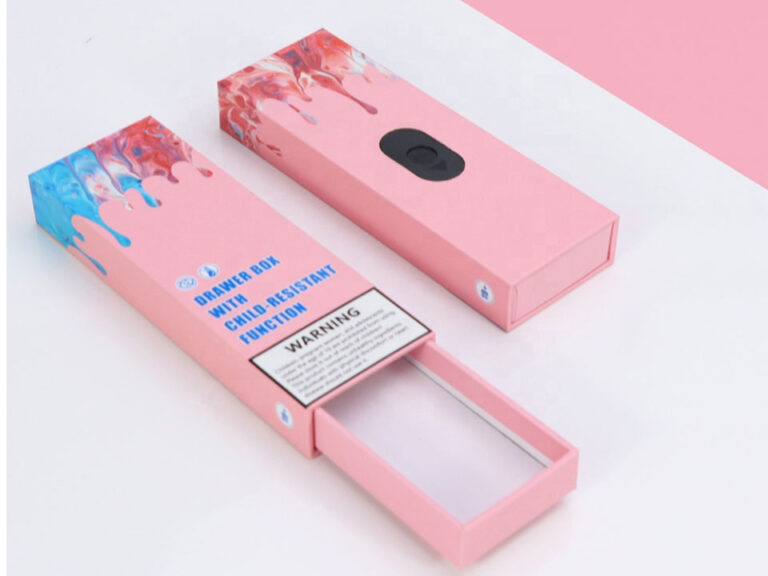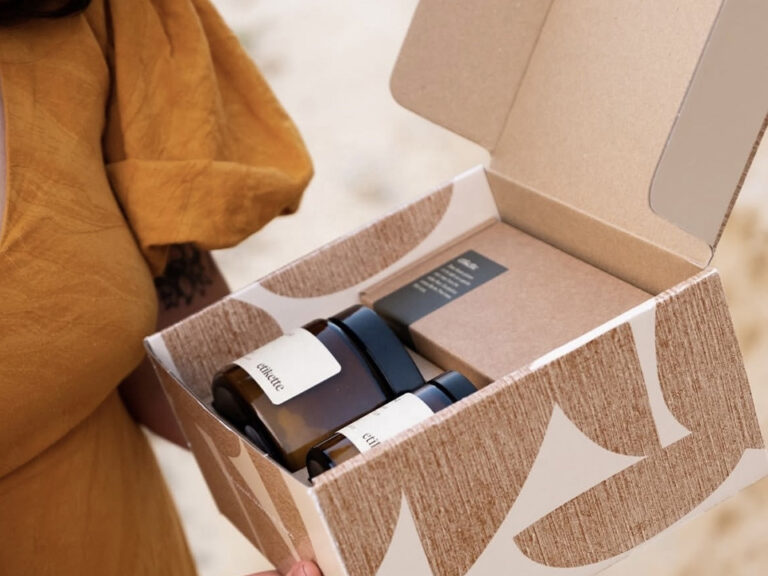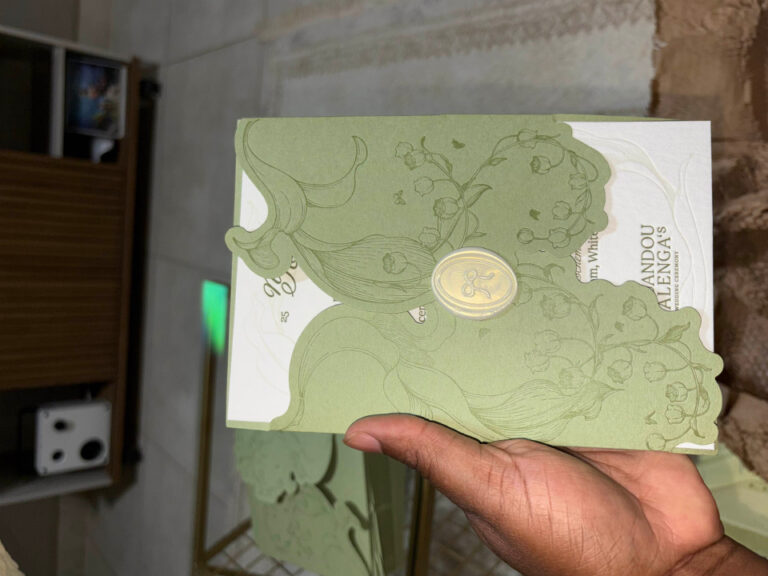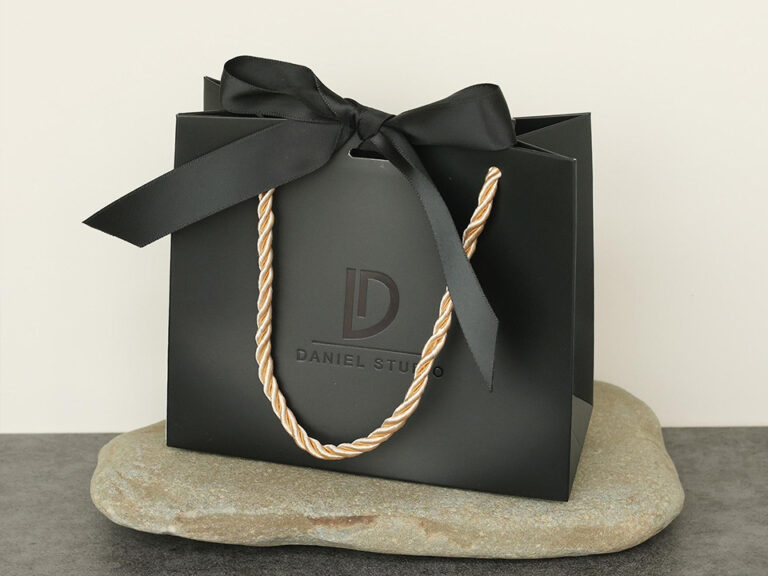Five Core Strategies For Custom Tie Packaging
Introduction
A great tie feels like a firm handshake—confident, composed, memorable. Your packaging should do the same. Done well, a tie box or tube doesn’t just protect fabric; it frames your brand’s character, guides touch and tempo in the unboxing, and quietly steers a shopper from curiosity to commitment. Below are five field-tested strategies to help your custom tie packaging work harder—from the ruler and caliper to color, copy, and the factory floor.
Table of Contents
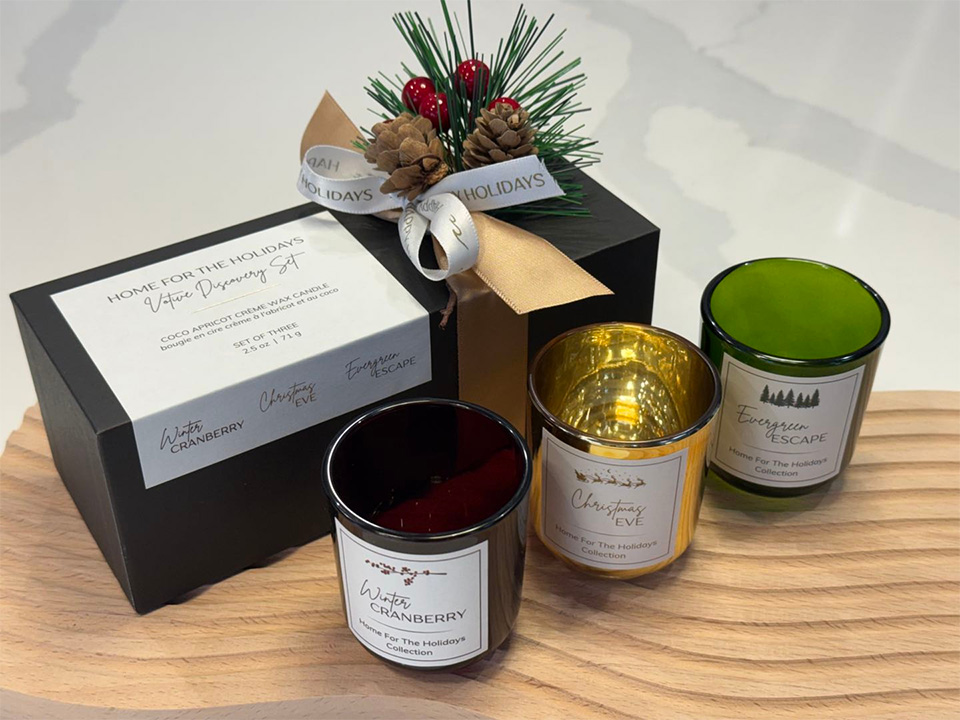
1. Accurate size and functional structure design: the art of balancing practicality and aesthetics
Fit to fabric, not to guesswork
Ties crease easily when cramped and look lost when floating in air. Start with the dominant packing pose—rolled, folded, or laid flat—then size your internal dimensions to hold that pose without pressure. For rolled ties, consider low-friction liners and a subtle lip that keeps the roll centered during transit.
Choose the right structural family
Match structure to channel and price point. Magnetic rigid boxes elevate gifting and protect details like embroidery; apparel boxes support volume programs and standardization; folding cartons help with lightweight, ship-in-own-container needs; and premium lids or double-door formats create theater for high-end lines, such as a navy blue double-door magnetic gift box.
Engineer inserts that guide, protect, and present
Simple card cradles, soft EVA, or recycled pulp keep the blade and tail aligned while showcasing the knot end. Add a discreet finger-cut or ribbon pull so the tie exits gracefully—no tug-of-war with foam.
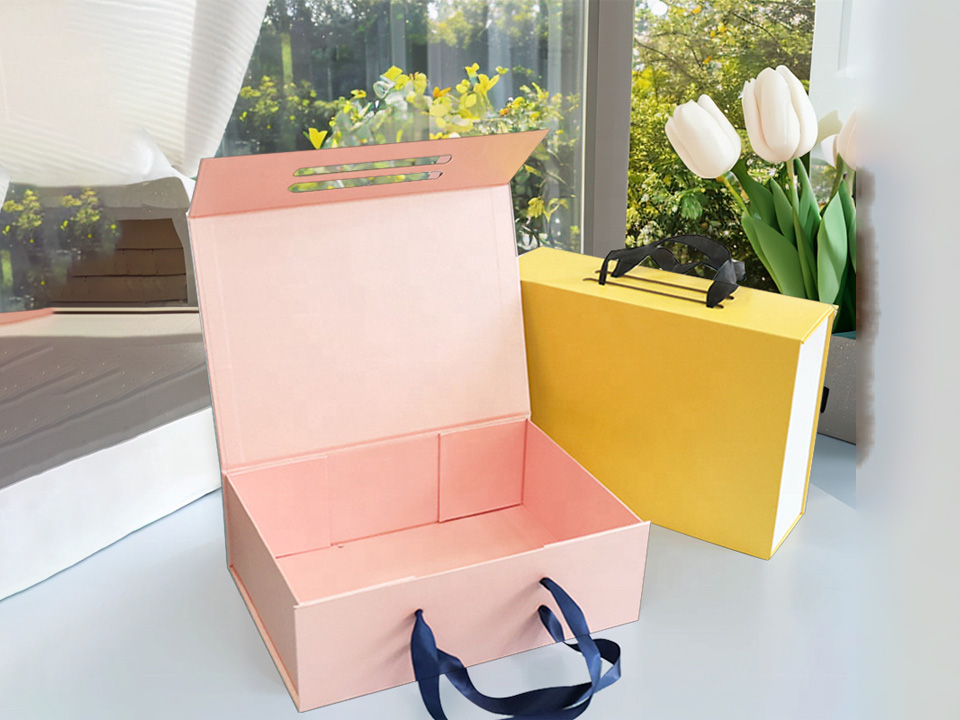
2. Packaging is a medium: the silent salesman of brand marketing
Craft a clear point of view
Your box speaks before your sales copy does. Lux matte papers, foil accents, or linen textures broadcast tradition; crisp whites and minimal type signal modern tailoring. Use restrained finishes strategically—spot UV to highlight a monogram, blind emboss to add tactile memory.
Codify a kit of parts
Build a consistent system: color, grid, typography, iconography, and message hierarchy. A disciplined system lets you stretch across formats—from paper gift boxes to paper gift bags—without losing identity.
Signal value through closure and reveal
Magnetic lids, ribbon ties, or framed windows cue premium value. A framed presentation style—think A4 gift presentation boxes with ribbon and frame—creates a gallery moment that flatters silk weaves and limited editions.
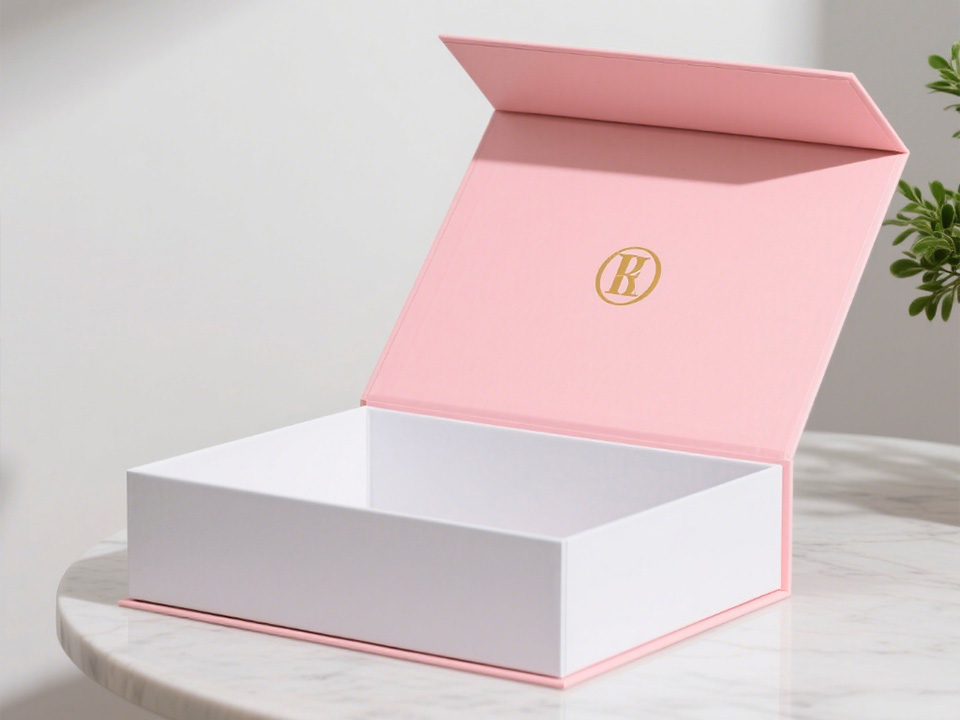
3. Immersive experience design: full-process touch point optimization from unboxing to storage
Orchestrate tempo: moment, pause, reveal
Map the journey: outer wrap → open → first read → reveal → lift → re-pack. Use a short “pause”—a branded tissue fold, a care-card, or a small wax seal—so the reveal feels intentional, not abrupt.
Make storage part of the promise
Design the box to live on. Add a breathable, dye-safe liner and a simple instruction panel (knot care, humidity tips). Structural formats that double as drawer organizers—like a ribbon-pull sleeve inspired by magnetic flap gift boxes—encourage customers to keep and reuse.
Personalize where it matters
Inside-lid printing with fit advice, QR to a knot tutorial, or an origin note about the weave builds intimacy without cluttering the exterior.
4. Data-driven customization strategy: from market segmentation to flexible production
Segment by wearer, occasion, and channel
Office staples vs. wedding sets vs. collector drops all deserve different structures and print runs. For wedding or gifting, bundles with coordinated pocket squares benefit from modular inserts; for DTC replenishment, collapsible formats lower storage friction.
Design SKUs around packaging constraints
Choose two to three master footprints and an insert library. That lets you support seasonal graphics without re-engineering every time, and it streamlines freight, pick/pack, and shelf planning across printed corrugated boxes and premium rigs.
Use test-and-learn cycles
Pilot short runs with variant finishes, track return reasons and post-purchase reviews, then standardize winners. Flexible vendors and dielines shorten the loop from insight to iteration.
5. Process innovation and cost control: the golden rule for sustainable profitability
Standardize materials where the customer won’t notice
Keep papers, boards, and foam densities consistent behind the scenes. You can still vary surface design while consolidating the substrates that drive procurement and yield.
Design for automation—without losing craft
Score lines that fold cleanly, glue flaps optimized for high-throughput, and inserts that snap in rather than require hand taping. Many “luxury” effects come from good dieline math, not more steps.
Build sustainability in, not on
Right-size first; then specify mono-material solutions for easier recycling. Cylindrical formats can protect rolled ties elegantly—when appropriate, look at paper tube packaging for compact, mail-friendly SKUs. For giftable sets, a rigid lid-and-base gift box with removable fiber inserts balances durability and end-of-life separation.
Conclusion
Custom tie packaging earns its keep when it does three jobs at once: protect the weave, perform the brand, and pay back the operation. Start with fit and structure, treat every surface as media, choreograph an unboxing you’d gladly repeat, let real-world data trim waste, and embed process discipline so quality scales. If you’re ready to translate these ideas into dielines and samples, browse options on our homepage and related families—from apparel and gift formats to displays that complete the retail story.






